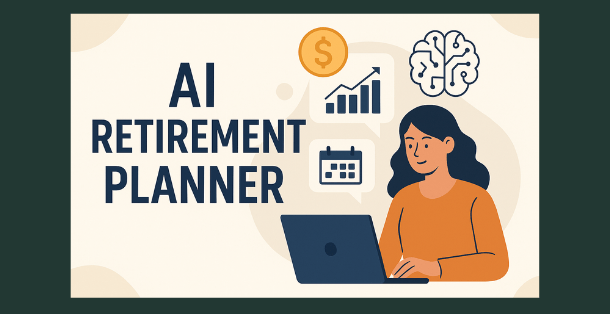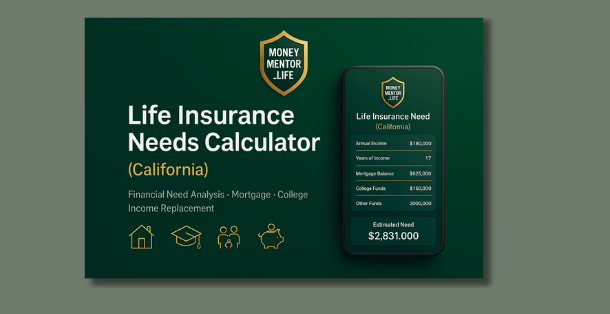Many career-focused adults in their 40s and 50s in California are asking:
- “401(k) vs Roth IRA – which one’s better for me now?”
- “Can I contribute to both a Roth and my work retirement?”
- “Is my pension enough if I’m halfway to retirement?”
Whether you’re an experienced professional, a full-time income earner, or part of a mid-income household, your choice of the right retirement mix now can define your financial comfort. It will matter later.
💼 1. 401(k): Employer-Sponsored Retirement Savings
What it is: A savings account you contribute to directly through your job, using pre-tax dollars.
Why it pays off for mid-career professionals:
- Contributions lower your taxable income right now.
- Many employers match a percentage—free money you don’t want to miss.
Official facts:
- The contribution limit for 2025 is $23,500. There is a $7,500 catch-up for those 50 and older. Workers aged 60 to 63 can add $11,250 extra under SECURE 2.0 . This article shows in-depth changes in the rule.
- Total yearly contributions (you + employer) cap at $70,000 .
Best for: California professionals who want simplicity and tax relief now—especially if their company matches contributions.
🔁 2. Roth IRA: Growth That’s Tax-Free in Retirement
What it is: A personal retirement account funded with after-tax money.
Why it’s a favorite for experienced professionals:
- Your withdrawals in retirement are tax-free—perfect if you expect higher taxes later.
- You can take out your contributions anytime without penalties.
Official facts:
- 2025 annual contribution limit: $7,000 (or $8,000 for 50+) irs.gov.
- Income limits apply: contributions phase out at adjusted gross incomes around $150,000–$165,000 (single) or $236,000–$246,000 (married filing jointly).
Best for: Mid-income Californians seeking flexibility and long-term tax-free growth—whether or not they have a paycheck match already.
🏛️ 3. Pension Plans: Guaranteed Income Later
What it is: A retirement plan, usually from government or education jobs. It pays you a fixed monthly check. This payment is based on your service years and salary.
Why it still matters:
- Provides steady income that isn’t connected to stock market swings. Ideal as a base for your overall plan.
Official facts:
- CalPERS manages pensions for most state workers; CalSTRS serves California teachers.
- Payouts depend on years served and final earnings, often with protection for survivors and cost-of-living adjustments.
Best for: Government employees and educators in California seeking dependable, lifelong income without investment risk.
🧩 4. Side-by-Side Summary
| Feature | 401(k) (Pre-Tax) | Roth IRA (Post-Tax) | Pension (Defined-Benefit) |
|---|---|---|---|
| Tax Benefit | Now | Later (withdrawals) | Pre-tax now, taxed later |
| Contribution Limit (2025) | $23.5k + catch-ups | $7k + catch-up | N/A (earned by job) |
| Employer Match | Often yes | No | Yes (funded by employer) |
| Tax-Free Withdrawals | No | Yes | Yes (as income in retirement) |
| Lifelong Income | No | No | Yes |
| Ideal For | Everyone with a job | Those expecting higher tax | California public workers |
🧠 5. Smart Strategy for Mid-Career Californians
- Max the 401(k) match first—don’t leave free money on the table.
- Add a Roth IRA for tax-smooth withdrawals later—especially if your earnings are under limits.
- Keep your pension if you have one—it’s the safety net in your income mix.
This combo gives you flexibility, tax advantages, and a stable income base.
plan starts with:
- 401(k) match to secure free funds
- Roth IRA for future tax flexibility
- Pension income as a reliable base
Together, they form a lineup that balances tax benefits, growth, and security.
👉 Ready to tailor this strategy to your life? Visit our [Contact Us] page or use the [Retirement Savings Calculator] to get started today!



